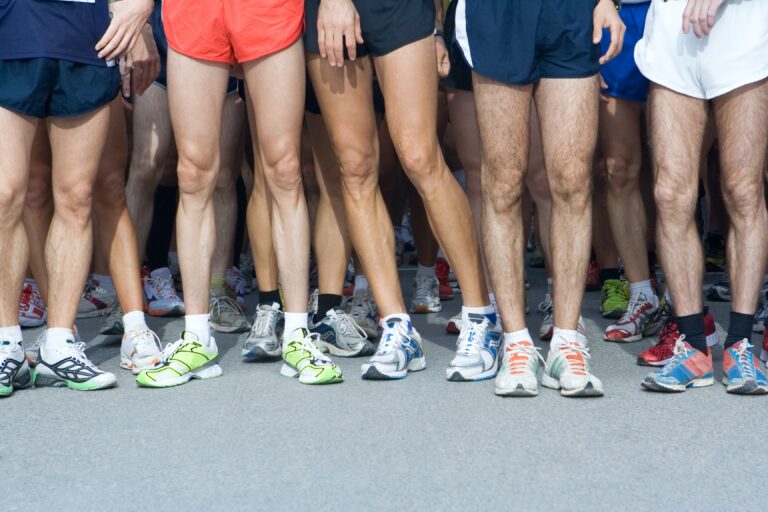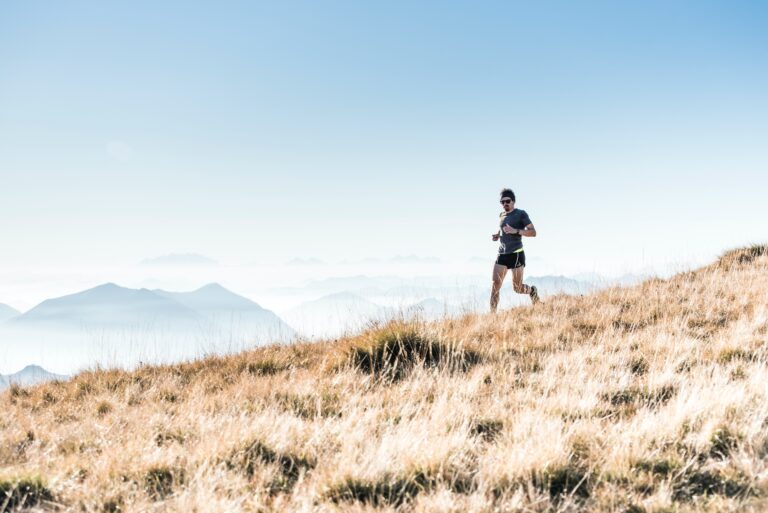Should I run After Leg Day?

Running after leg day is a common question among fitness enthusiasts. Opinions differ on whether running after a leg workout helps muscle recovery or hinders it. So, should you run after leg day?
As a general rule, a low to moderate intensity run after a leg day is fine and can even help increase blood flow to the area and aid in muscle recovery. However, high-intensity runs could potentially cause more damage to the muscles and delay recovery. Other factors such as nutrition, hydration, and sleep can also affect performance and recovery following a leg day.
Whether or not you should run after leg day depends on your fitness level, goals, and recovery time. It’s important to listen to your body and adjust accordingly. In this article, we will explore the pros and cons of running after leg day and provide tips on how to incorporate running into your leg day routine.
Understanding Leg Day
Leg day is a crucial part of any strength training program that focuses on building lower body strength and power. It is a workout that targets multiple muscle groups in the legs, including the glutes, hamstrings, calves, and quadriceps. On leg day, you usually lift heavy weights doing exercises like squats and deadlifts. These exercises work your whole lower body and back muscles.
The purpose of leg day is to challenge the lower body muscles to work harder than they normally would during daily activities. This challenge helps to stimulate muscle growth and improve overall lower body strength. However, leg day can also be very taxing on the body and lead to muscle soreness and fatigue.
It is important to approach leg day with caution and proper form. Lifting too heavy or with improper form can lead to injury, which can set back progress and cause long-term damage. It is also important to give the body adequate rest and recovery time after leg day to allow the muscles to repair and grow.
After leg day, it may be tempting to skip running or go easy, but doing low to moderate intensity runs is actually beneficial. Running can help increase blood flow to the legs, which can aid in muscle recovery and reduce muscle soreness. However, high-intensity runs should be avoided as they can cause further damage to the muscles and delay recovery.
Effects of Running After Leg Day
Running after leg day can have both positive and negative effects on the body. It is important to understand the potential effects before deciding whether to run or not.
One of the most common concerns is muscle soreness. Delayed onset muscle soreness (DOMS) is a common result of intense exercise and can be especially pronounced after leg day. Running after leg day can exacerbate this soreness, making it more difficult to recover. However, some runners find that a recovery run at a slower pace can help alleviate soreness and speed up recovery.
Another potential effect of running after leg day is decreased endurance. Leg muscles are responsible for a significant amount of power and endurance during running. If you work these muscles too much, you may not perform as well and may have a higher chance of getting injured from overuse. It is important to balance running with rest and recovery to avoid overtraining.
High-intensity runs should be avoided for at least 48 hours after leg day. Running at a slower pace can help increase blood circulation to the legs, aiding in recovery and reducing soreness. It is important to listen to your body and adjust your running routine accordingly.
In summary, running after leg day can have both positive and negative effects on the body. It is important to balance running with rest and recovery to avoid overuse injuries and decrease endurance. A slower recovery run can aid in recovery and reduce soreness, but high-intensity runs should be avoided for at least 48 hours after leg day.
Muscle Recovery and Rest Days
Rest and recovery are essential components of any workout routine, especially after a leg day. The amount of rest needed varies depending on the intensity of the workout, the individual’s fitness level, and their recovery rate. Adequate rest and recovery time are necessary to allow the muscles to repair and grow stronger.
Rest days are an essential part of any workout routine, especially after a leg day. Rest days give the muscles time to recover and repair from the stress of the workout. It is recommended to have at least one rest day per week, but it can vary depending on the individual’s fitness level and recovery rate.
Sleep is also a crucial factor in muscle recovery. During sleep, the body produces growth hormone, which is essential for muscle growth and repair. Lack of sleep can lead to decreased muscle recovery and growth.
It is essential to listen to your body and take rest days as needed. Overtraining can lead to injury and decreased performance. It is also important to note that recovery time can vary depending on the individual’s fitness level and recovery rate.
In summary, rest and recovery are crucial components of any workout routine, especially after a leg day. Adequate rest and recovery time are necessary to allow the muscles to repair and grow stronger. Rest days, sleep, and listening to your body are essential for muscle recovery.
Active Recovery Methods
After a strenuous leg day workout, active recovery methods can help to reduce muscle soreness and aid in recovery. After a workout, active recovery involves doing gentle exercises to promote healing and blood flow to the muscles. Here are some effective active recovery methods that can be used after leg day:
Low-Impact Exercises
Walking, cycling, and swimming are low-impact exercises that can boost blood flow and ease muscle soreness. These exercises can also help to improve flexibility and range of motion, which can be beneficial after a tough leg day workout.
Stretching
Stretching is an effective way to help reduce muscle soreness and improve flexibility. After a leg day workout, stretching can help to prevent muscle tightness and improve range of motion. It is important to focus on stretching the muscles that were worked during the leg day workout, such as the hamstrings, quads, and calves.
Foam Rolling
Using a foam roller can help to reduce muscle soreness and improve flexibility. Foam rolling can help to break up knots in the muscles and increase blood flow to the area, which can promote healing. It is important to focus on the muscles that were worked during the leg day workout when foam rolling.
Massage
Massage can be an effective way to help reduce muscle soreness and improve flexibility. A massage can help to increase blood flow to the muscles and promote healing. It is important to focus on the muscles that were worked during the leg day workout when receiving a massage.
Light Jogging
Light jogging can be an effective way to promote blood flow to the muscles and help reduce muscle soreness. It is important to keep the intensity low to moderate to avoid further muscle damage.
Warm-Up
A proper warm-up before exercising can help to prevent injury and prepare the muscles for the workout. It is important to focus on warming up the muscles that will be worked during the leg day workout.
To sum up, using active recovery methods after a leg day workout can help reduce muscle soreness and support recovery. To improve your body’s healing and flexibility, you can try doing gentle exercises. Stretching is also helpful. Another option is using a foam roller. Getting a massage can also be beneficial. Light jogging is a good activity too. Lastly, remember to warm up before you start.






